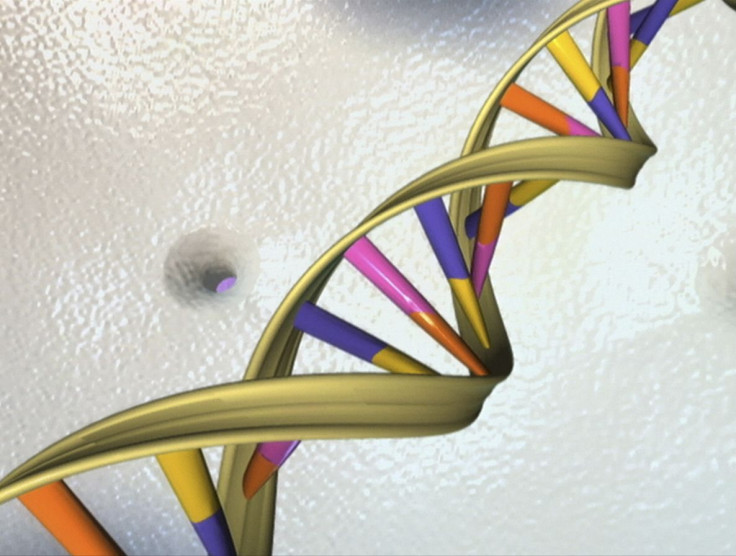Oxford Nanopore: Future Toothbrush and Smartphones Will Help Diagnose Alzheimer's and Cancer

According to microchip technologists, the future toothbrushes and smartphones will soon help detect diseases including Alzheimer's and cancer. The upcoming healthcare revolution intends to make use of small microchips embedded within the household appliances to analyse the human DNA.
"Our big dream is to move towards self-quantification, and we're going to make a version that works on handheld mobile phones. It can measure your blood markers and collate that data to track changes in your daily biology," claimed Clive Brown, the chief technology officer at Oxford Nanopore which is an institution renowned for manufacturing palm-sized nanopore detectors and has created MinION, a gene sequencer that can be plugged into a USB port.
According to the health experts, the evolution of the minute-sized nanopore sequencers will help with its embedding into different products within the household, including toothbrushes and fridge. Nanopore sequencers have the capability to decode DNA into a digital format. The digital reading can then be compared with a genetic marker to indicate the presence of a specific type of disease. Such sequencers have already been used in West Africa to test patients for Ebola, reported The Metro.
“You can run it anywhere on anything and that opens it up to other applications. We can embed it in fridges or toothbrushes as it gets smaller — it can become a ubiquitous sensing apparatus,” said Brown. He believes that the nanopore sequencers will soon make a difference in the everyday life including homes, industries and farms.
Brown envisions to see the MinION as the self-quantification tool for the customers rather than as a device that offers medical advice. Since the tool can skip medical approval if used simply as a self-quantification tool, it can be directly offered to the customers.
The nanopore sequencer passes human DNA through a hole on it's chip through which an electric current is ran. The current helps generate an electric signal while measuring the flow of atoms through the hole. The electrical signal is then converted into digital form.
To report a problem or to leave a feedback on the article, send an e-mail to emailtoguneet@gmail.com.






